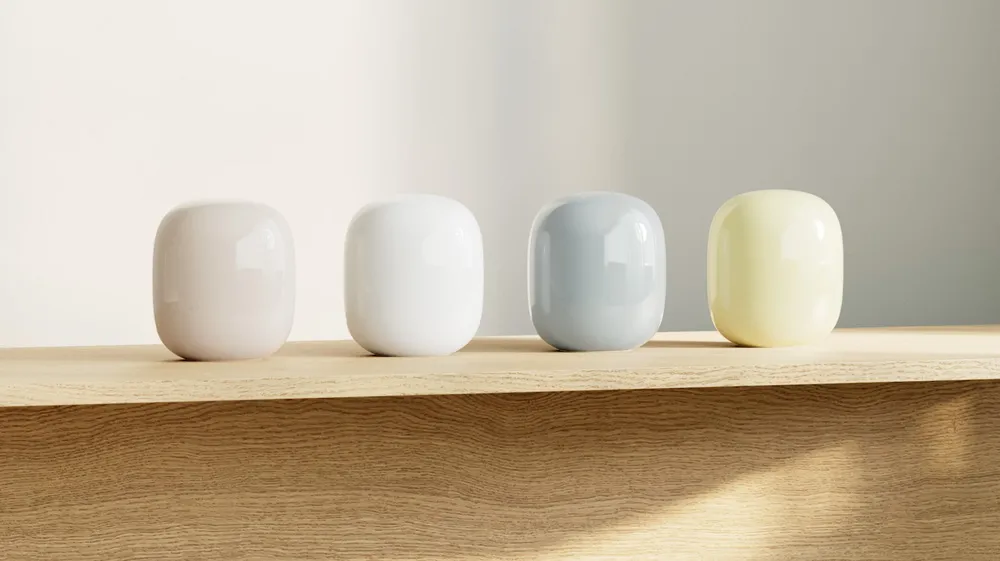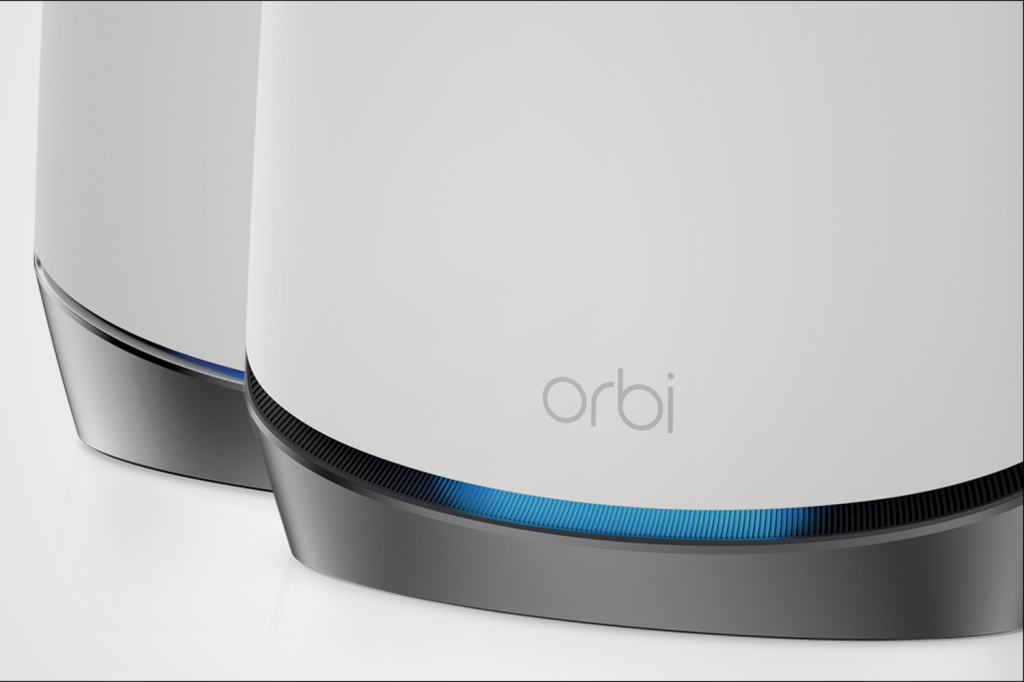What is a mesh network? The whole home Wi-Fi tech explained
Eliminate Wi-Fi dead spots in your home by splitting your router into nodes as part of a mesh network.

Not going the Wi-Fi signal strength you need at home? Misfiring smart speaker? So what goes wrong with you home Wi-Fi? You set up your wireless router using the short cable provided by the ISP within about six feet of the wall socket. And you have to make sure it’s near enough to a power socket too.
This probably puts it in a corner of a room close to an outside wall. You get a great signal within that room. Walk away, however, and it begins to tail off. By the time you’ve walked through the kitchen, past the dryer and into the downstairs shower room (just us?) your phone is starting to connect to the 4G mobile data network as the Wi-Fi is so weak.
We’ve all been there. You need a mesh network.
- Check out our separate guide to the best mesh system.
Many people think of Wi-Fi repeaters (not so good) and Powerline adapters (which are still good). But a mesh network is a better (and, naturally, more expensive) option.
How does it work?
A Wi-Fi signal loses power the further you move away from the source. In this case it’s a wireless router, and having walls in the way just makes things worse. A 5GHz network may have better speeds and be less congested. But 5GHz wall-penetrating abilities aren’t as good as those of 2.4GHz signals. In fact, as you increase the frequency of an electromagnetic wave, its ability to penetrate solid objects drops. So if we ever move up to 6GHz or 7GHz networks, the problem will become worse. Clever router features such as MIMO and beamforming can help, but unfortunately, physics always wins the day.
You could plug a Wi-Fi extender into a convenient plug socket. These can help eliminate Wi-Fi dead spots and make sure you can always stream The Best of Andrew Lloyd Webber in the shower, but they’re a half-hearted solution at best. Having a mesh network means that you shouldn’t have any dead spots across your whole home.

Instead of having one router, a mesh network places multiple access points. These are called nodes. They sit around your home and sets them talking to one another to make sure you always get a good signal. One always stays connected to the point your internet connection enters your house. That might be a phone point for ADSL or a fibre connection that has its own box – and the others can be placed anywhere, as long as there’s power, something that hasn’t yet gone wireless. They communicate via Wi-Fi, but generally give a stronger signal than simple Wi-Fi extenders or repeaters.
Why do I need one?
Mesh networks are suited to larger homes, especially those spread over more than two floors. They’re also suitable for houses with particularly thick stone walls. A simple plasterboard partition is no barrier to a Wi-Fi signal, barely slowing it down at all, but if you live in a castle you’re going to want something more capable. Obviously, the number of people actually living in castles these days has dropped off a bit. But a mesh system is also useful if you’ve had your loft converted. Or if you want good Wi-Fi connectivity in garden buildings or a garage being used as a home office.
As they’re all one network, your phone or laptop doesn’t have to hop from one SSID to another as you move around your house. That can be a problem with some Wi-Fi extenders. You get a strong signal wherever you are, as long as you’re within range of one of the nodes. The data you’re transferring is passed wirelessly among the nodes back to the master unit at the wall socket, then out into the wider internet. In a way, it mirrors the routing structure of the internet itself. That’s where traffic is passed between routers to get to its destination, and if the route is blocked, it finds another way. Some mesh systems, like Netgear’s Orbi, have a built-in 5G modem. This can be used as a backup or as the main internet connection for your home.

The other thing about mesh nodes is that they look good. While standard Wi-Fi extenders look like strange plugs, all aerials and flashing lights taking up a power socket, mesh nodes are frequently elegant white cylinders, cubes, or discs. Google’s Nest Wi-Fi Pro nodes, for example, look like polished ceramics. They tend to have had a little more design thinking applied to them. That results in a group of small modernist sculptures that you dot around your home.


